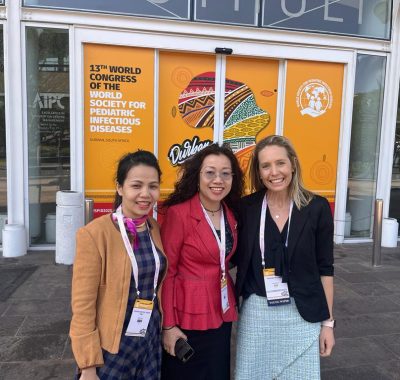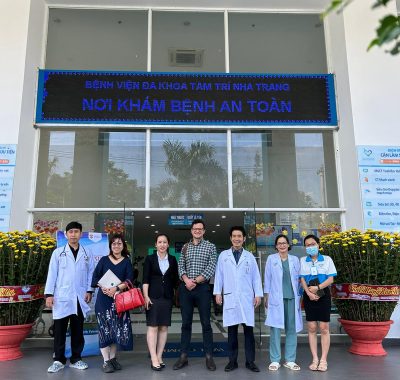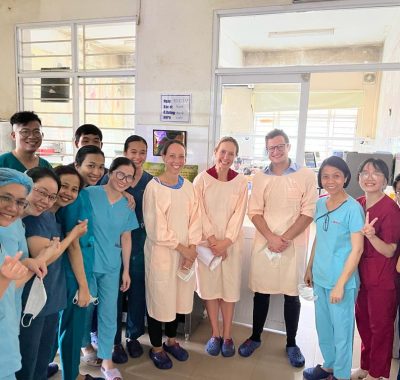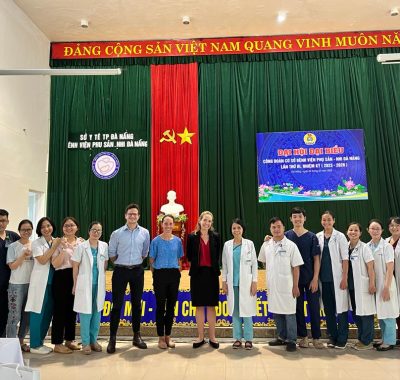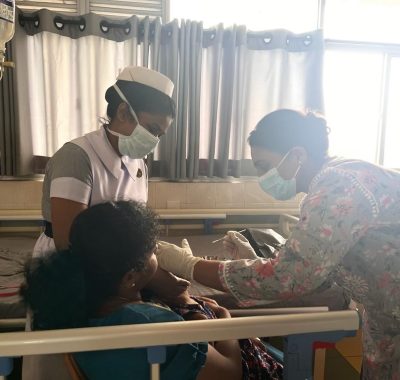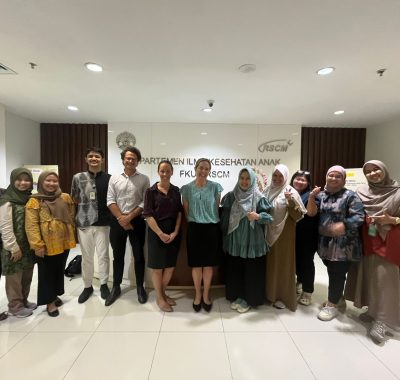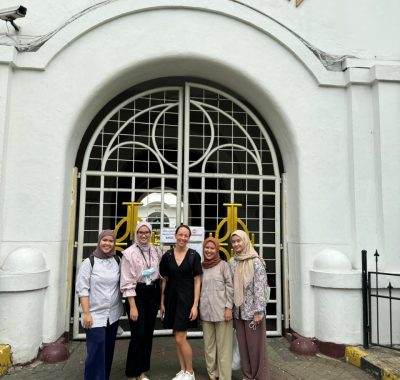NeoSEAP_PS
NeoSEAP_PS
The NeoSEAP prospective surveillance (NeoSEAP_PS) study is a project designed in collaboration with a team at St Georges University in London to build upon, and share data with, the well-established NeonIN network to enable regional comparisons in neonatal sepsis and AMR epidemiology. This project is funded by the National Health and Medical Research Council.
Why is prospective surveillance needed?
Antimicrobial resistance (AMR) is of increasing concern to global health, threatening to reverse the recent progress made in combating child mortality over the past two decades and undermining global progress towards the Sustainable Development Goals. Sepsis remains an important cause of mortality in children and neonates – responsible for almost one-quarter of all neonatal deaths – with the international literature now concluding that up to one-third of these neonatal deaths are directly attributable to AMR.
In light of this rising AMR burden, there has been a renewed effort to more clearly define just how significant this burden is, particularly in resource-constrained healthcare settings, where research infrastructure and overwhelming clinical duties often limit the ability to formally assess and publish microbiological and clinical data pertaining to severe neonatal infections. Concurrently, our data will also be shared with teams whose recent efforts to enable a better understanding of the definition of neonatal sepsis – via the development of the NeoSEP severity score– are enabling improved surveillance of severe neonatal infections.
What is involved in this study?
In an extension of the NeoSEAP baseline survey, the NeoSEAP prospective surveillance study (NeoSEAP_PS) collects detailed clinical and microbiological data from infants via an active surveillance model. Key demographic, antibiotic exposure, and clinical variables are recorded alongside microbiological detail to enable an improved understanding of the morbidity and mortality associated with serious neonatal infections.
Data collected from this study, alongside data from the NeoSEAP study, are also shared with the University of Oxford and University of Washington’s ‘GRAM’ network to help improve global data in understanding the rising burden of antimicrobial resistance.
Further reading:
- P.C.M. Williams, D. Isaacs, J.A. Berkley, Antimicrobial resistance among children in sub-Saharan Africa, Lancet Infect. Dis. (2017).
- Russell NJ, Stöhr W, Plakkal N, Cook A, Berkley JA, Adhisivam B, et al.. Patterns of antibiotic use, pathogens, and prediction of mortality in hospitalized neonates and young infants with sepsis: A global neonatal sepsis observational cohort study (NeoOBS). PLOS Medicine 2023;20(6):e1004179.
- Sands K, Carvalho MJ, Portal E, Thomson K, Dyer C, Akpulu C, et al.. Characterization of antimicrobial-resistant Gram-negative bacteria that cause neonatal sepsis in seven low- and middle-income countries. Nature Microbiology 2021;6(4):512–23.
- Murray CJL, Ikuta KS, Sharara F, Swetschinski L, Robles Aguilar G, Gray A, et al.. Global burden of bacterial antimicrobial resistance in 2019: a systematic analysis. The Lancet 2022;399(10325):629–55.
- Cailes B, Kortsalioudaki C, Buttery J, Pattnayak S, Greenough A, Matthes J, Bedford Russell A, Kennea N, Heath PT; neonIN network. Epidemiology of UK neonatal infections: the neonIN infection surveillance network. Arch Dis Child Fetal Neonatal Ed. 2018 Nov;103(6):F547-F553
